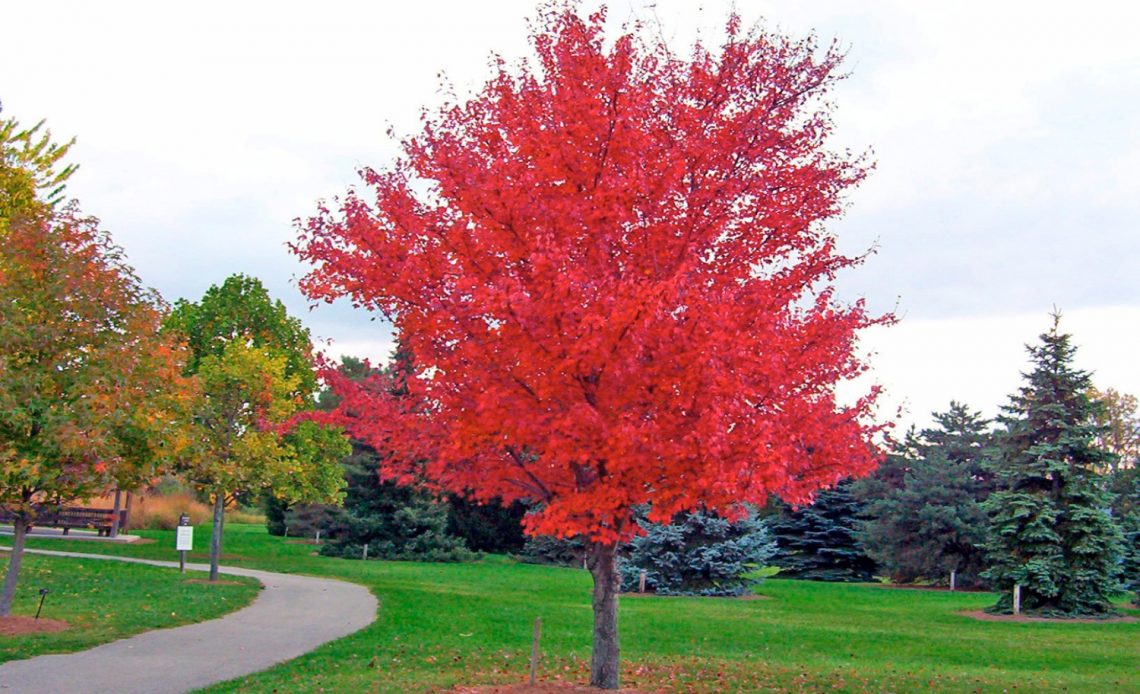

We’re here to help! Wild Yards is a completely free website that is 100% dedicated to helping you create a wildlife-friendly, sustainable yard. Read more
WildYards is reader-supported. When you buy a product through a link on our site, we may earn a comission. Every product is independently selected by our (obsessive) editors and our reviews are unbiased and objective. Read more about our mission or our privacy policy.
A beautiful red maple tree that grows at a lightning-fast rate of 3 to 5 feet per year, it’s not hard to see why the ‘Autumn Blaze’ Maple is becoming so popular these days.
Homeowners love this hardy tree’s stunning red foliage and choose to make their Autumn Blaze Maples a focal point in their landscaping.
If you’ve been considering purchasing one of these trees for yourself, but you’re still weighing your options, keeping these 10 Autumn Blaze Maple pros and cons in mind will help you make the best decision.
The Autumn Blaze Maple is tolerant of a variety of soil types, including loose sandy soils and compacted clay-rich ones. An excellent choice for urban settings, the Autumn Blaze Maple is tolerant of moderate air pollution but can be susceptible to rot caused by insect damage.
5 Autumn Blaze Maple pros
Learning about the Autumn Blaze Maple pros and cons is a “good news, bad news” situation. So to get started, let’s hear the “good news” — the pros, of which there are many. But here are the top five.
The Autumn Blaze Maple is adaptable to different soil types
Not every yard is full of loose, loamy soil that’s nutrient-dense and perfect for growing in.
Some of us have sandy soils that are low in nutrients, or clay-rich soils that are compacted and hold onto moisture for weeks before drying out completely.
If your soil is less-than-ideal for most trees, then an Autumn Blaze Maple would be a good choice for you.
This tree is highly adaptable to a broad range of soil types, growing just as well in nutrient-deficient boggy soils as in fertile well-draining ones.
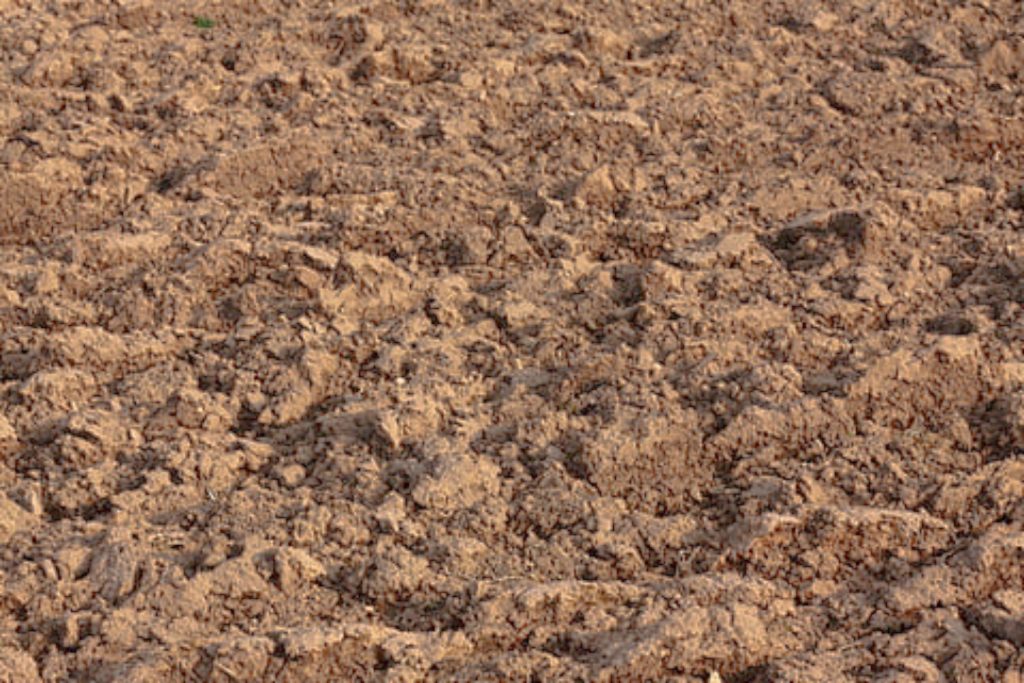
The Autumn Blaze Maple is drought-tolerant
You’ll need to keep your Autumn Blaze Maple well-watered during its first year to help its roots get established. But once the tree settles in, you’ll hardly have to water it at all.
These trees are incredibly drought-tolerant, which makes them an excellent choice for anyone who wants a gorgeous fall landscape without putting in hours of work.
It’s also worth noting that the Autumn Blaze Maple is tolerant of overwatering as well. It’s almost impossible to give one of these trees too much water, especially in hot climates.
If your property floods seasonally, but has porous soil that stays bone dry the rest of the time, the Autumn Blaze Maple can survive such inhospitable conditions without skipping a beat.
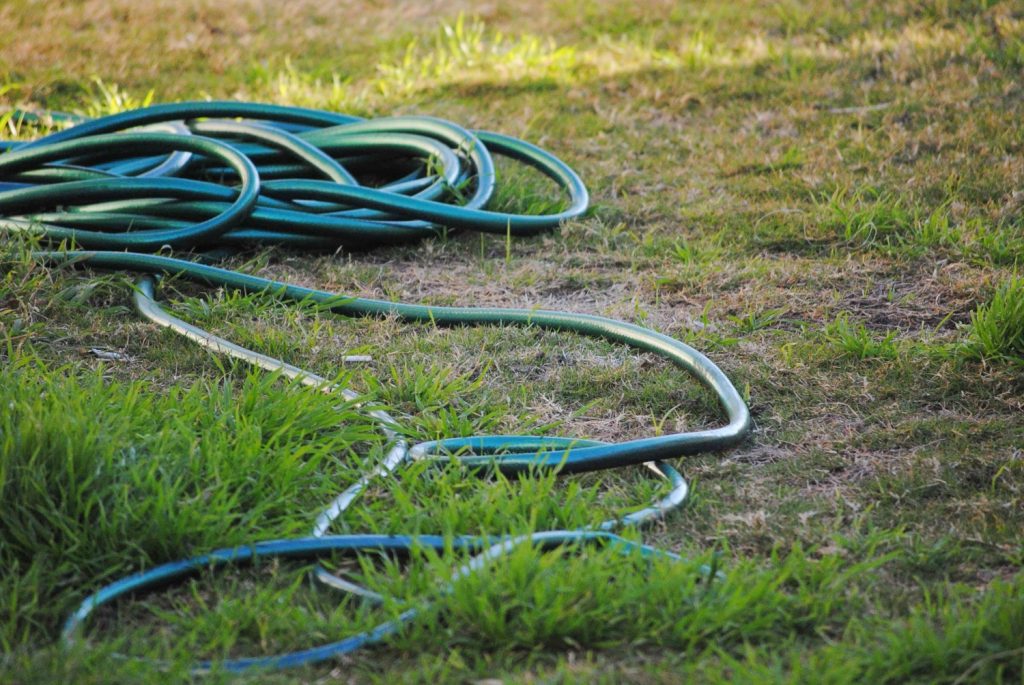
The Autumn Blaze Maple grows quickly
The Autumn Blaze Maple isn’t just tolerant of adverse planting conditions, it thrives in them.
These trees grow fast, at a rate of 3 to 5 feet per year on average. Trees typically reach 50 feet tall, producing an oval, symmetrical shape that is wider than it is tall. Light pruning to remove broken and misshapen branches is all that’s needed to keep these beauties in shape.
If you’ve recently lost a shade tree and you’re hoping to replace it quickly, the Autumn Blaze Maple is up to the task. When grown in a row, the Autumn Blaze Maple can even act as a privacy tree.
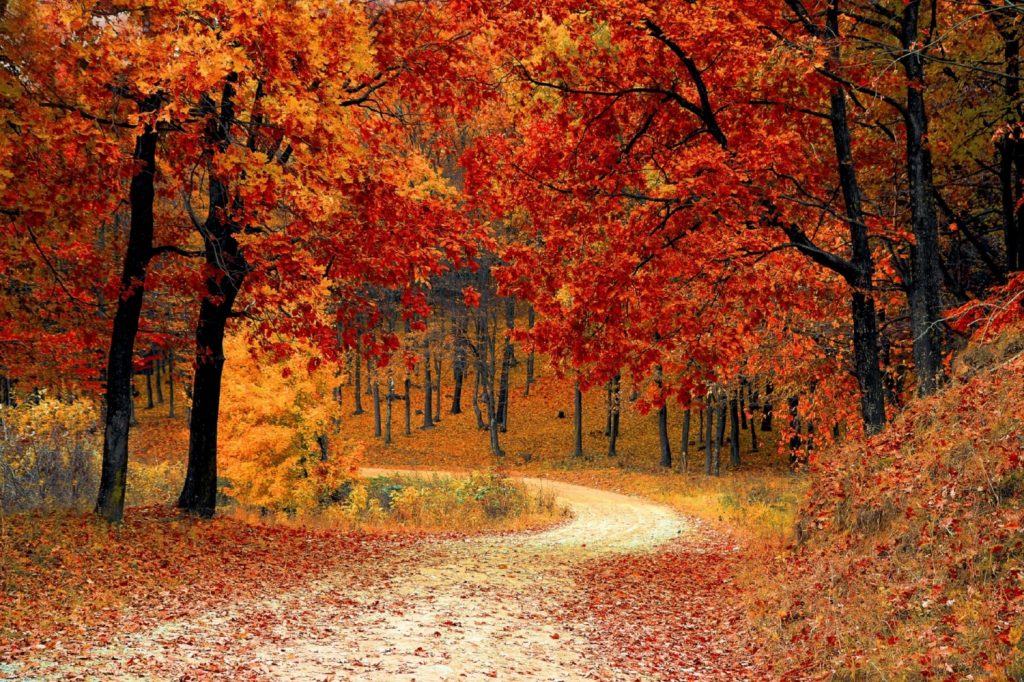
The Autumn Blaze Maple is tolerant of moderate air pollution
Some trees are better suited to urban settings than others.
While some maple trees, like sugar maples, are particularly sensitive to air pollution, the Autumn Blaze Maple can tolerate a moderate amount of air pollution. This makes it an excellent choice for homeowners who live inside city limits.
Like other trees, the Autumn Blaze Maple absorbs air pollutants through the openings on the undersides of its leaves, called the stomata. And because it’s a deciduous tree, it clears those toxins out of its system by shedding its leaves before going dormant over the winter.
Planting several Autumn Blaze Maple trees in your yard is a great way to help cleanse the air in your local environment.
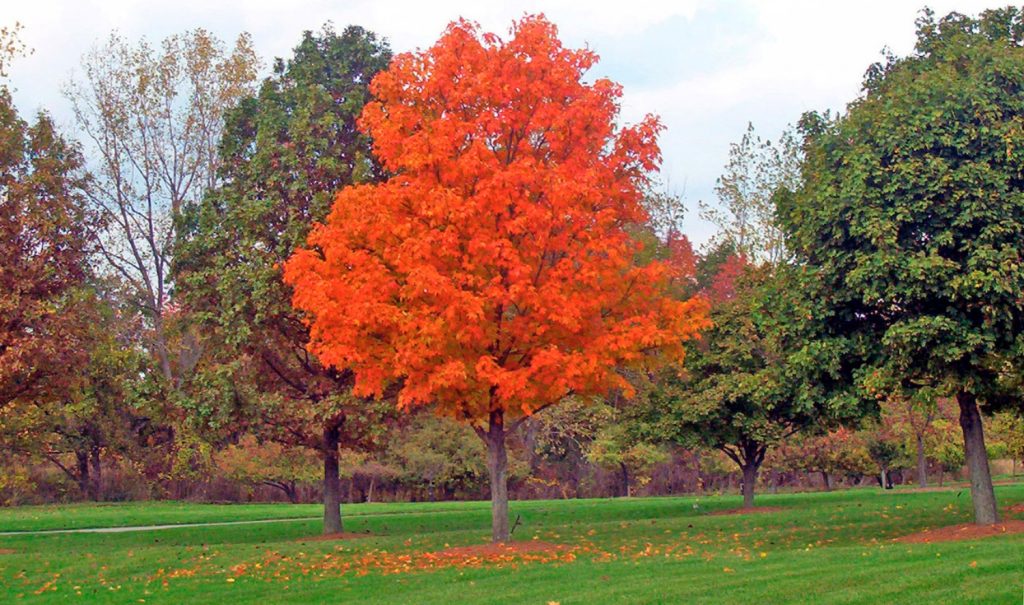
The Autumn Blaze Maple attracts wildlife
True to its name, the Autumn Blaze Maple will turn your backyard into a fiery fall focal point. But your neighbors won’t be the only ones who are impressed by the display of vibrant color.
Autumn Blaze Maple trees are also popular with wildlife, including birds and squirrels.
The tree’s dense foliage provides these critters with protection from predators, like owls, giving them a safe place to nest and rear their young. Animals are also attracted to the tree’s sweet-tasting sap (it is maple syrup, after all!).
Growing a few Autumn Blaze Maples in your yard is a great way to see more goldfinches, chickadees, and house finches.
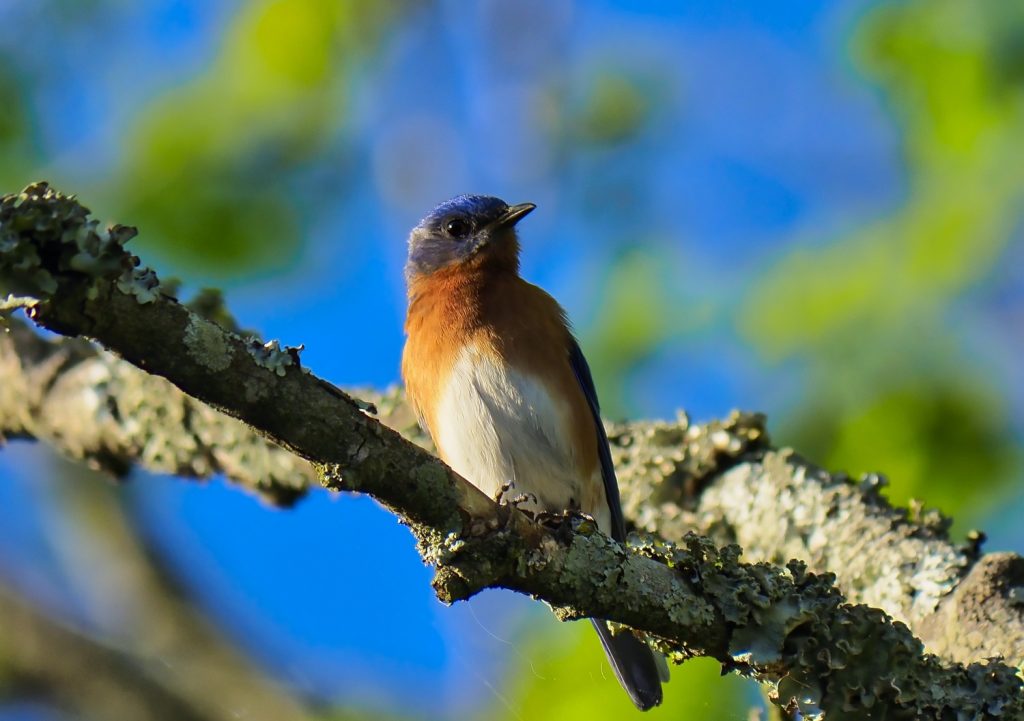
5 Autumn Blaze Maple cons
There are loads of good reasons to purchase an Autumn Blaze Maple. But, in the interest of painting an accurate picture, we can’t forget to consider the cons, too.
Here are five potential drawbacks of growing an Autumn Blaze Maple tree.
The Autumn Blaze Maple has shallow roots
Unlike oak trees and willow trees, which produce deep roots, Autumn Blaze Maples have shallow root systems that can be quite extensive.
These trees have the potential to damage foundations if planted too close to homes. The shallow roots also mean that the plants can’t stand up to severe wind.
A strong storm can topple a mature tree, especially if the ground is soaking wet.
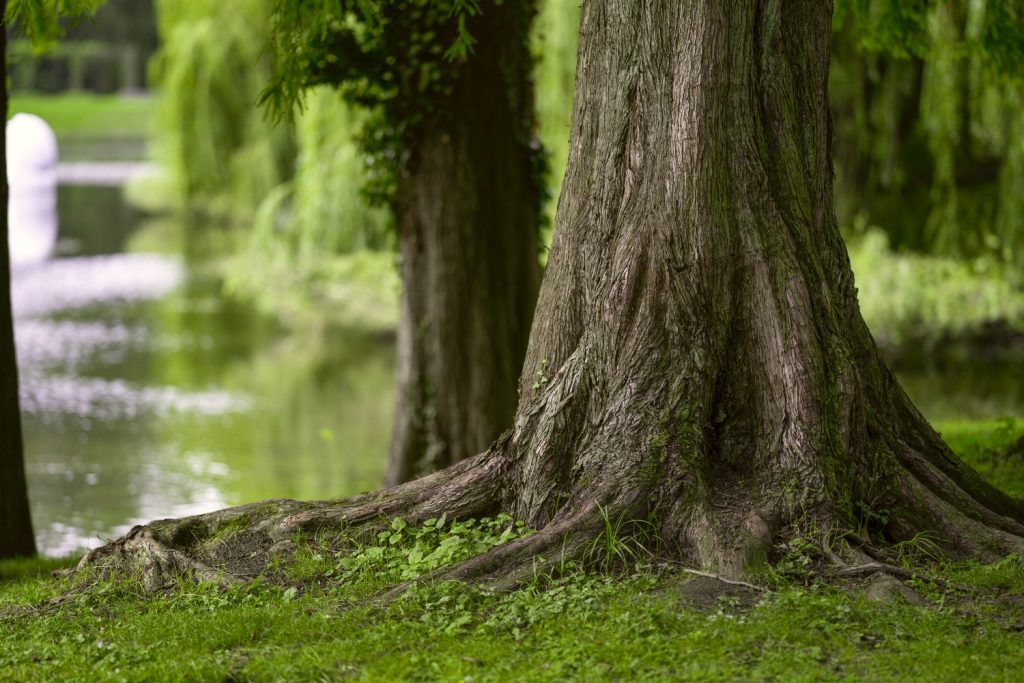
The Autumn Blaze Maples can become top-heavy
The Autumn Blaze Maple tree is fast-growing. That’s one of the reasons why it’s so popular.
But the downside to that is that these trees often grow so quickly that they become top-heavy. This, combined with the fact that the tree has shallow root systems, can be a recipe for disaster. Leaning trees often fall before reaching their full lifespan.
Fortunately, staking up young trees will prevent them from leaning and falling over. Thinning out the foliage as the tree matures can help them stand up to strong wind gusts without suffering serious damage.
Trimming the tree’s upper growth to prevent them from becoming too tall can also help them stay right-side-up.
The Autumn Blaze Maple can be prone to insect infestations
One of the pros of the Autumn Blaze Maple is that this cultivar is disease-resistant. These trees typically don’t fall prey to things like verticillium wilt, a common affliction among other types of maples.
Unfortunately, the Autumn Blaze Maple tree can be susceptible to insect infestations.
Aphids, spider mites, and leafhoppers can make short work of an Autumn Blaze Maple sapling. And boring insects, like worms and beetles, can create extensive tunnel systems, paving the way for rot.
Prolonged insect infestations can cause significant damage to an Autumn Blaze Maple that may result in the death of the tree.
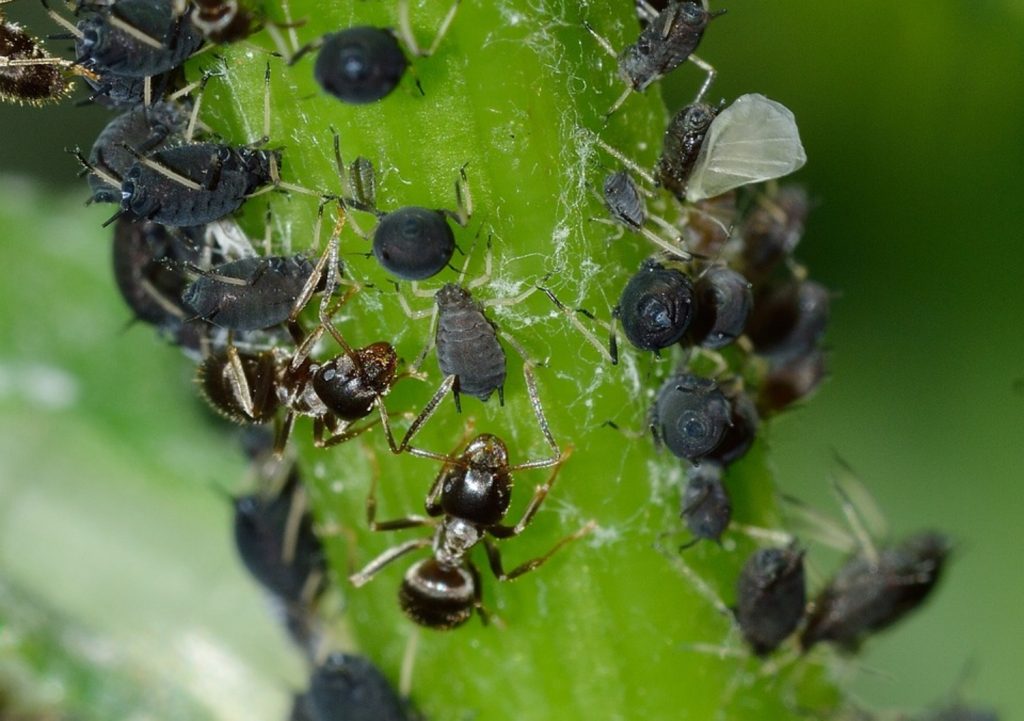
The Autumn Blaze Maple tends to produce suckers
Suckers are unsightly new shoots typically originating near the base of the tree. These shoots can outcompete branches, robbing them of energy and resulting in stunted growth.
Trees typically produce suckers in response to some kind of damage, either to the branches or the roots.
The Autumn Blaze Maple tree is somewhat prone to producing suckers, which may also erupt in response to environmental stress and insect infestation.
Removing the suckers will help the tree conserve energy and continue to nourish its preexisting branches. But the presence of suckers may indicate an underlying issue.
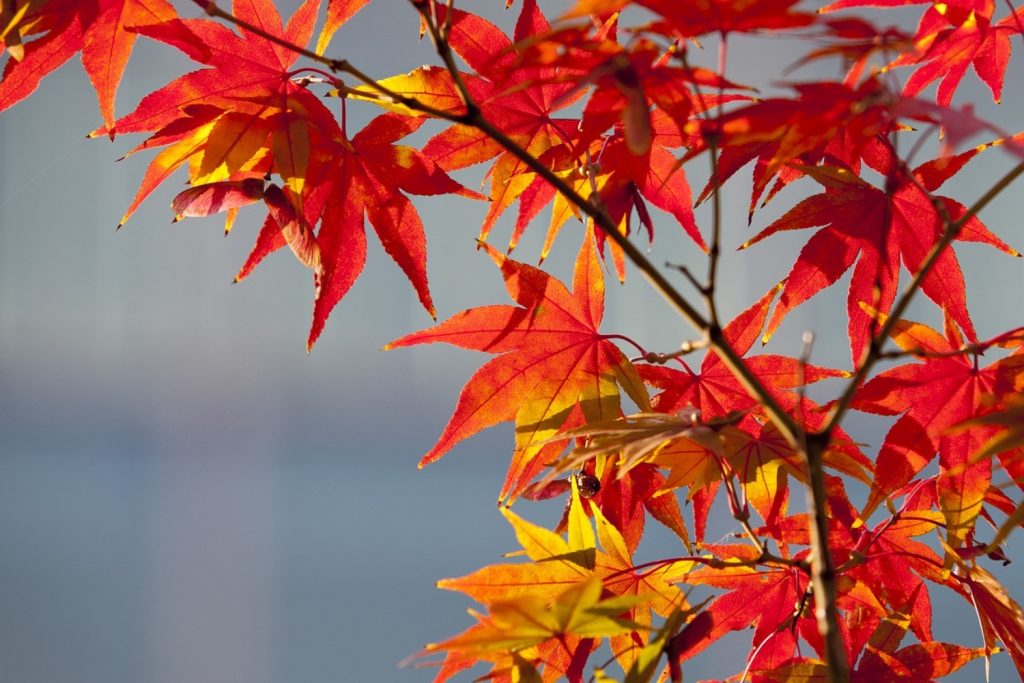
Alternatives to the Autumn Blaze Maple tree
Now that you’ve weighed the pros and cons of the Autumn Blaze Maple, you may be wondering if there are any alternatives you should consider, instead.
Here are a few substitutes for the Autumn Blaze Maple tree that may be better suited to your needs.
- Red Sunset Maple. Unlike the Autumn Blaze, which produces vivid red foliage, the Red Sunset Maple’s leaves come in all the colors of a sunset — yellow, orange, and red. The Red Sunset Maple is more disease resistant than the Autumn Blaze.
- October Glory Red Maple. This maple cultivar isn’t as fast-growing as the Autumn Blaze, but that makes the plant better suited to smaller spaces. Additionally, the October Glory Red Maple produces more vibrant red foliage than the Autumn Blaze.
- Sweet Gum. Slower growing than the Autumn Blaze, the sweet gum tree’s foliage is just as eye-catching with star-shaped leaves in shades of orange and yellow. The sweet gum tree is also more resilient to harsh weather conditions.
- Red Oak. These trees are much slower growing than the Autumn Blaze Maple but they can live up to 500 years. Red oaks provide shelter for local wildlife amongst their dense red foliage. Trees produce deeper root systems than Autumn Blaze Maples and can survive strong winds much more easily.
- Honey Locust. The honey locust shares many of the benefits of the Autumn Blaze Maple. These trees are fast-growing, drought-tolerant, and adaptable to a variety of soil types. One advantage the honey locust has over the Autumn Blaze is pest resistance. Borers and webworms avoid these trees, making them less prone to rot.
Is growing Autumn Blaze Maples worth it?
Ultimately, it’s up to you to consider the pros and cons of the Autumn Blaze Maple and decide whether or not this tree is right for you.
With careful management practices, the Autumn Blaze Maple is an excellent choice for adding a dash of fall color to landscapes, particularly those that are difficult to grow in.
But if your growing zone is suitable to other trees, it might be worth growing them, instead.

I planted a Autumn Blaze last spring in zone 9. We had a heat wave in Sept and leaves turned brown so we did not experience beautiful fall colors. This summer as normal we have had several 100 degree heat. It is the 1st of Sept. and tips of the leaves are brown. We live near Fresno and are worried we planted the wrong tree although we bought it at a local nursery.
Hi Denise! I’m sorry to hear your Autumn Blaze is struggling in the heat. It’s not unusual for Red Maples to turn brown prematurely in 100+ degree weather, especially if the heat is prolonged and/or accompanied by a drought. Fortunately, these trees are pretty hardy. So just be sure to water your Autumn Blaze every day or every other day to keep it hydrated, and it should recover when growing conditions improve. Applying a 3″ to 4″ layer of mulch can also help by keeping the soil moist and the roots cool. Thank you for your comment, and good luck with your Autumn Blaze!